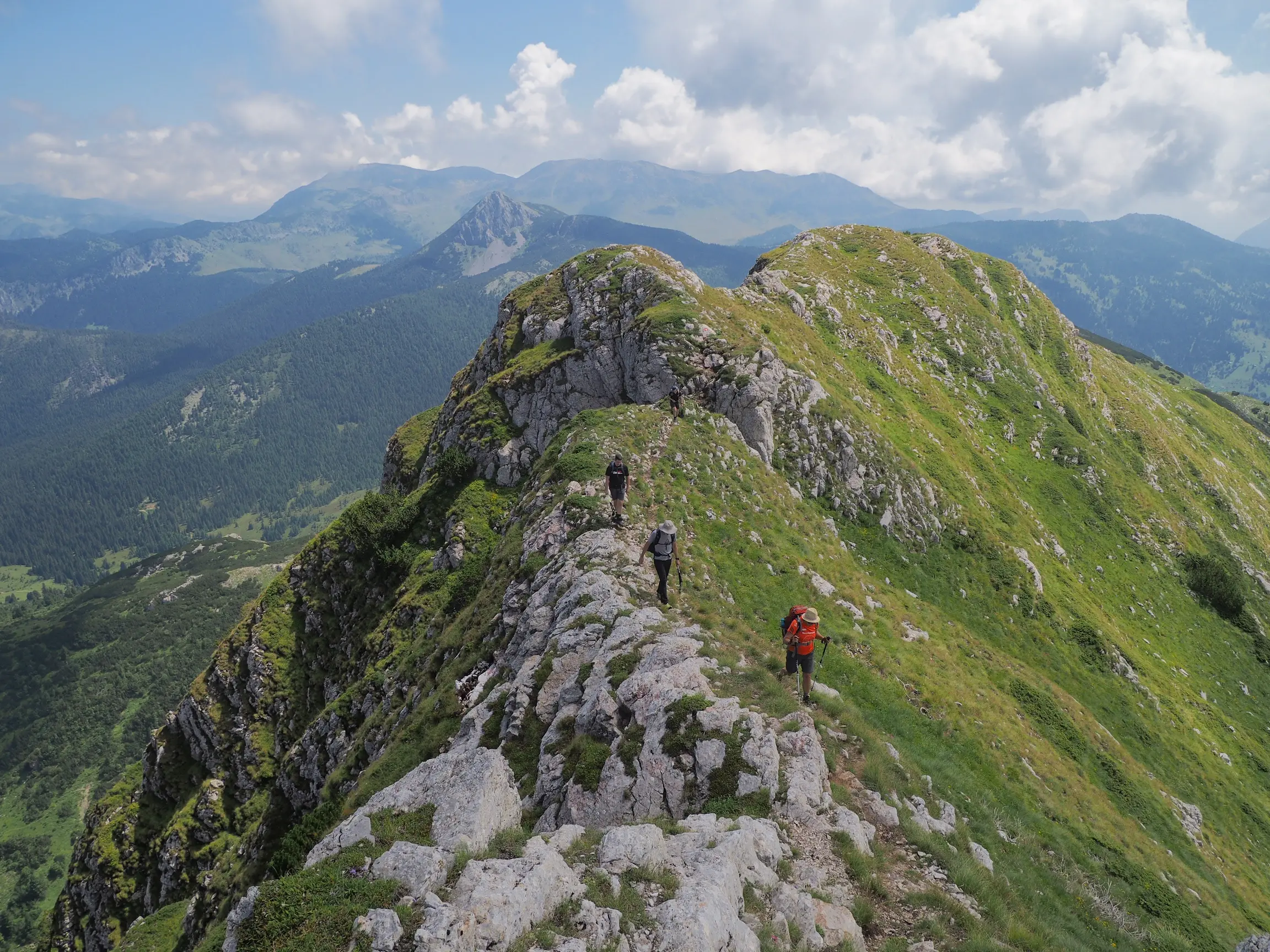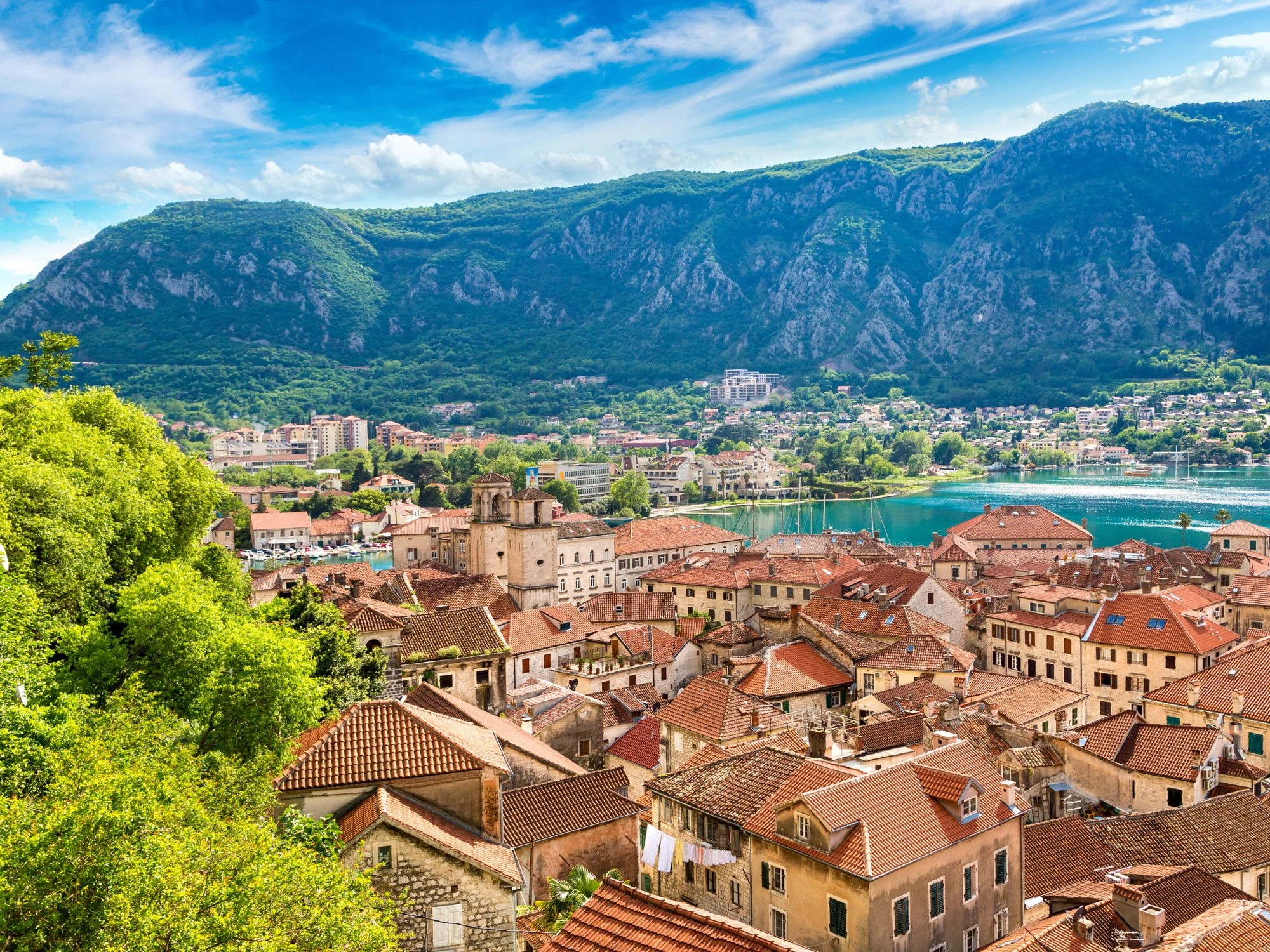What You Need to Know Before Traveling to Montenegro
.webp)
Montenegro is small in size but huge in beauty. From the fjord-like Bay of Kotor to the rugged peaks of Durmitor and the golden sands of the Adriatic coast, this Balkan gem is made for road trips, slow mornings, and unforgettable views. It’s the kind of place where you can swim in the sea and hike in the mountains on the same day — and still have time for a fresh seafood dinner by sunset.
Here’s everything you need to know before visiting — practical, clear, and perfect for planning a smooth, inspiring journey.
Arriving in Montenegro: Entry, Visas & First Impressions
Montenegro is not part of the EU or Schengen Area, but it maintains flexible visa policies. Citizens of the EU, UK, USA, Canada, Australia, and many other countries can enter visa-free for up to 90 days within a 180-day period.
For official entry and visa details, check the Montenegrin Ministry of Foreign Affairs: 👉 https://www.gov.me/en/diplomatic-missions/visa-regimes
Most visitors arrive via Podgorica International Airport or Tivat Airport, especially if heading to the coast. You can also enter by land from Croatia, Albania, Serbia, or Bosnia and Herzegovina — popular for those doing multi-country Balkan tours.
Entry is usually quick and straightforward, and rental cars can be picked up easily at airports or city centers.
Language, Currency & Communication
The official language is Montenegrin, closely related to Serbian, Croatian, and Bosnian. In tourist areas, English is widely spoken, especially by younger people and in hospitality.
Montenegro uses the euro (€), even though it is not in the EU — making payments simple for most European travelers. Credit and debit cards are accepted in most restaurants, hotels, and shops, but cash is useful for small towns, taxis, and markets. ATMs are easy to find.
Local SIM cards from Telenor, m:tel, or One are cheap and offer good coverage. You can buy one at the airport or in town.
Getting Around the Country
Despite its small size, Montenegro has a wide variety of landscapes — and getting between them is part of the adventure. The most scenic and flexible option is by car. Roads are generally good, though narrow and winding in mountainous areas.
Buses connect all major towns and are affordable and reliable, though slower. Taxis are common in cities and coastal areas, and ride-hailing apps are just beginning to emerge.
For travelers short on time or looking for a deeper experience, guided tours and private transfers offer a stress-free way to explore highlights like Kotor, Durmitor National Park, Lake Skadar, and Lovćen.
Health, Safety & Emergency Info
Montenegro is very safe for travelers. Crime is low, locals are welcoming, and solo travel is common and comfortable. Just use standard precautions in crowded areas and touristic spots.
Tap water is safe to drink in most parts of the country. Pharmacies are widely available in towns, and no special vaccinations are required. Travel insurance is recommended, especially for hiking or outdoor activities.
In case of emergency, dial 112 for all services — ambulance, fire, or police.
Food, Culture & Local Etiquette
Montenegrin cuisine is hearty and flavorful, with Mediterranean and Balkan influences. Along the coast, expect fresh seafood, grilled fish, and risottos. Inland, try roast lamb, kajmak (creamy cheese), and cevapi (grilled sausages). Meals are generous and often accompanied by rakija, a fruit brandy shared as a gesture of hospitality.
Coffee is a daily ritual, and cafés are an important part of local life — take your time. Locals are warm but relaxed; politeness and a genuine interest go a long way. Dress modestly in monasteries and rural areas, and always greet with a smile or handshake.
When to Visit Montenegro
Montenegro is a great destination year-round, but the best times to visit are spring (April–June) and autumn (September–October). These shoulder seasons offer perfect weather for hiking, sightseeing, and coastal visits — with fewer crowds.
Summer (July–August) is peak season, especially on the Adriatic coast. Expect lively beach towns, festivals, and warm sea temperatures — but also more tourists and higher prices. Winter (December–March) is ideal for visiting ski areas like Kolasin or enjoying the peaceful side of old towns like Kotor or Cetinje.
Climate, Packing & Electricity
Montenegro has a Mediterranean climate on the coast and a continental mountain climate inland. Coastal areas are hot and dry in summer, while the north can be cool and snowy in winter.
Pack light and breathable clothes for summer, layers for spring and autumn, and warm gear if heading into the mountains. Good walking shoes are essential — many old towns have cobbled streets and stairs.
Electricity is 230V, using European plug types C and F. Bring a universal adapter if you’re coming from outside Europe.
Budget & Travel Costs
Montenegro is very budget-friendly, especially compared to Western Europe. A local meal costs around €5–10, and a daily mid-range travel budget — including transport, food, and accommodation — sits comfortably between €40–80.
Coastal towns like Kotor and Budva are more expensive in summer, but prices drop quickly as you move inland. Guided tours, hikes, boat rides, and wine tastings offer excellent value for money.
Ready to Travel?
Montenegro might be small, but it’s full of contrasts — calm bays and wild peaks, ancient stone towns and open roads, beach cafés and mountain huts. It’s a place for nature lovers, history buffs, and anyone who wants to slow down and soak up every view.
Let us help you explore Montenegro the meaningful way — through culture, connection, and real experiences. Book your tour with us, and discover why small countries sometimes leave the biggest impressions.









